I want to verify the distance between two points C and D (CD) in a perpective image.
The picture is taken in my living room. Dimension of each tiles is 0.6x0.6 (in meters).
Real world measurements:
Distance between point A and point D (AD) = 1.8 meters. Distance between point A and point B (AB) = 0.6 meters
Image plane coordinates:
A' = (232, 613)
B' = (221, 341)
C' = (215, 189)
D' = (210, 98)
I used cross ratios to calculate CD.
R{A', B', C', D'} = 1.316
and
R{A,B,C,D} = (AC * BD)/(AD * BC)
After calculation, CD is 0.584m (Instead of 0.6m)
Questions:
1) Is the method I'm following to verify CD correct?
2) Should I consider the angle between A and D (which is not 90 deg)
3) Should I look into vanishing points here?
4) If we don't know the real world distance between A and B and know only AC and AD, is it possible to calculate the distance between either B and A or B and D?
5) The difference 0.016m in the above calculation, is it acceptable?
I'm newbie to Projective geometry. Please let me know if I'm doing anything wrong.

